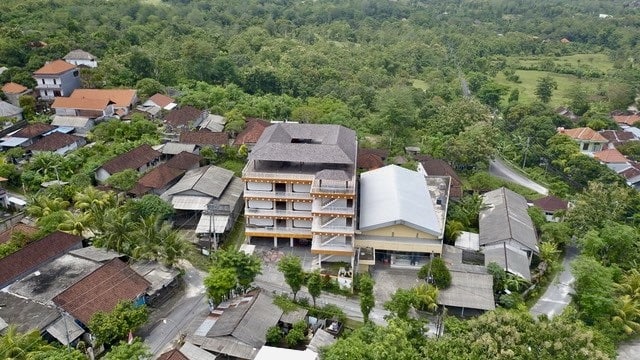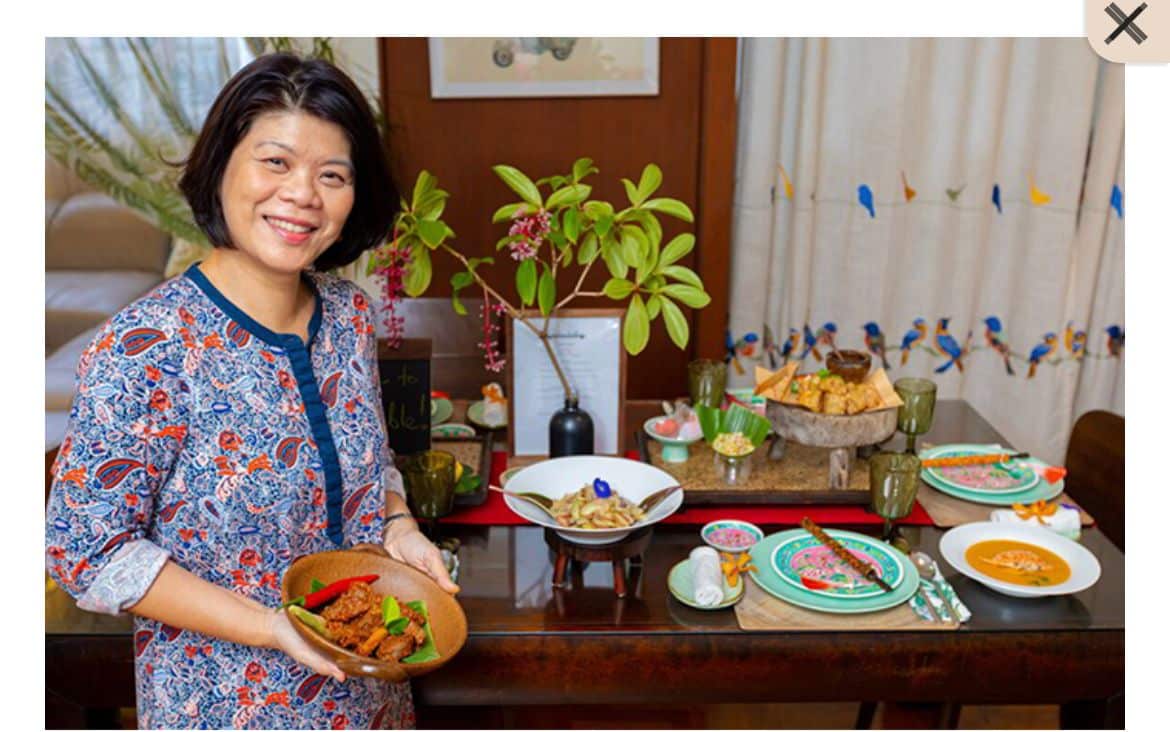St Andrew’s Cathedral: Landmark of love and sacrifice during the darkest days of WWII Singapore
On Singapore's 57th National Day, Salt&Light looks at remarkable landmarks in our nation where faith sparked and grew under extraordinary circumstances, impacting the local Church and beyond.
by Juleen Shaw // August 10, 2022, 7:16 pm
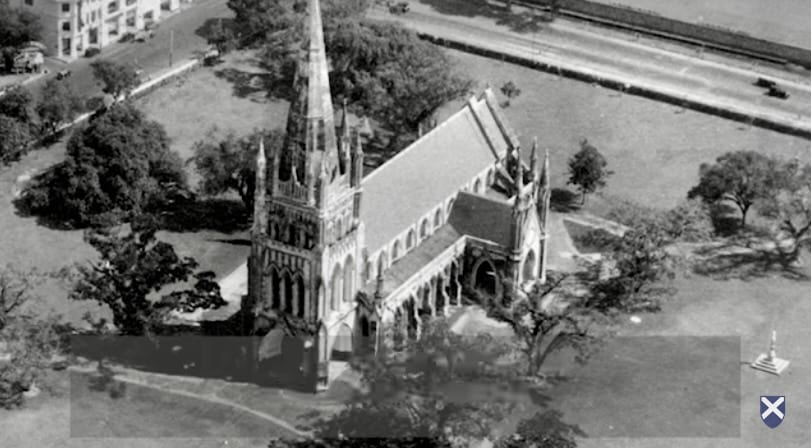
The 161-year-old St Andrew's Cathedral was a symbolic rallying point during World War II. "It fed a spirit of indomitability, of a sense of resolve, of a sense that, with the help of God, the people would prevail," says A/Prof Thambiah. Screenshots from St Andrew's Cathedral's Unity of Faith video.
War. Torture. Bombs and bodies. Shrill sirens and uneasy refuge. Furtive spies. Unexpected allies.
It sounds like the plot of a Hollywood movie. But this is the extraordinary true story of the Singapore Church in the darkest period of an almost forgotten history.
Amid the upheaval of World War II, an alliance amongst the key players – British governors, Japanese occupiers and defenceless locals – was incredibly unlikely, but for God’s hand of protection over the fledgling Church in Singapore.
The combustion of courage, faith and hope set off a holy fire in the young Church, the light of which continues to spread even today.
Peace, amidst bombs
Lest we forget the divine intervention, as well as the sacrifice of those whose boldness and vision set the foundation for our nation’s churches, the Heritage Committee of St Andrew’s Cathedral produced a groundbreaking video, Unity of Faith, The Story of St Andrew’s Cathedral During World War II.
Launched this year on the 80th anniversary of the fall of Singapore to the Japanese on February 15, 1942, the video traces the central role that St Andrew’s Cathedral played as a rallying beacon, a “light of the world” (Matthew 5:14-16), amidst the foul blackness of war.
The tale told in the video, is both grim and wondrous.
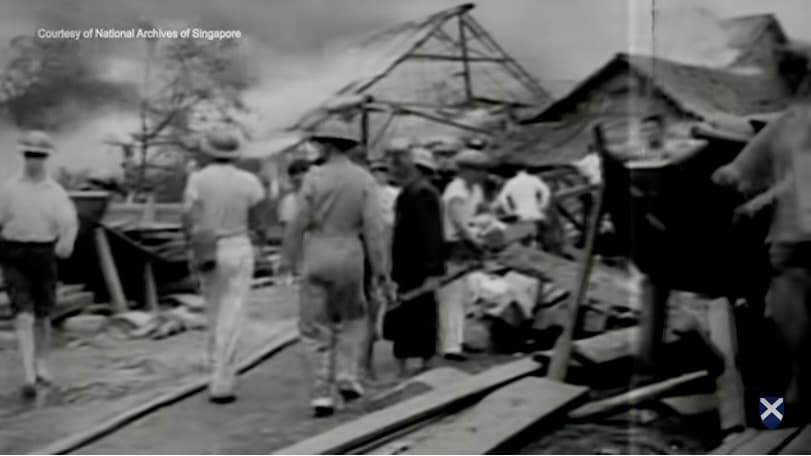
In just weeks of fighting, Singapore fell to Japan when General Percival, the commanding officer of the British forces, surrendered.
When war was declared, St Andrew’s Cathedral was turned into a temporary hospital by the Australian Field Ambulances.
“Here, in spite of the noise and fury outside, the crash of bombs and the roar of our own guns, was a great peace.”
“It was an unforgettable picture,” wrote Rev John Hayter in The War and After: Singapore.
“The wounded lying in the naval aisles now emptied of their furnishings. Doctors and orderlies moving about their work, the stillness broken only by the tread of boots on the stone paving and the low murmur of voices.
“Standing by the west door, I looked into the shadows beyond the choir to the altar with the dull gleam of the cross catching the fading light.
“Here, in spite of the noise and fury outside, the crash of bombs and the roar of our own guns, was a great peace. And there was an overwhelming gladness that those walls, symbols of love and goodness and strength, should have been sheltering those to whom Christ himself would then have wished to be most near.”
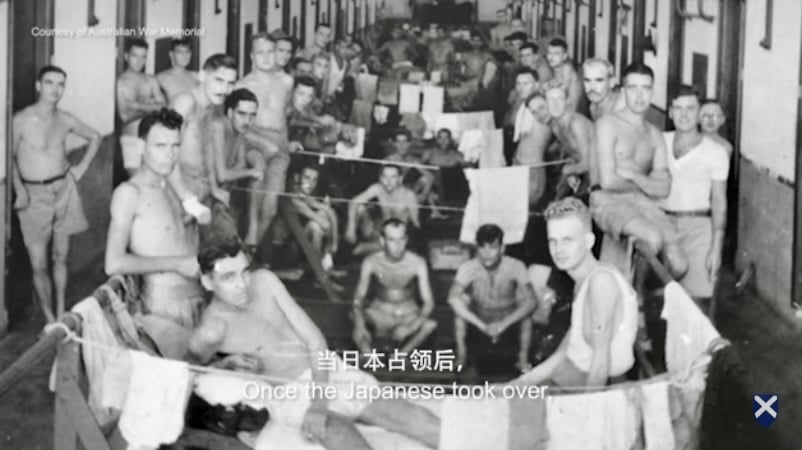
With Singapore’s surrender to the Japanese, over 80,000 British, Indian and Australian soldiers became prisoners of war in dismal conditions.
In just weeks of fighting, Singapore fell to Japan when General Percival, the commanding officer of the British forces, surrendered. With his signature, over 80,000 British, Indian and Australian soldiers became prisoners of war.
Several hundred attended the service and filled the worship hall where many of the wounded still lay on stretchers.
Half an hour after the surrender, Bishop Leonard Wilson conducted an evensong service at St Andrew’s Cathedral. Several hundred attended the service and filled the worship hall where many of the wounded still lay on stretchers.
During the service, the Rt Revd John Leonard Wilson, 4th Bishop of Singapore from 1941-1948, led the congregants in singing the first hymn, “Praise my soul, the King of Heaven”:
Fatherlike, He tends and spares us/
Well our feeble frame He knows/
In His hands, He gently bears us/
Rescues us from all our foes/
Hallelujah, Hallelujah.
Said Bishop Wilson in an archival video: “God cares for us whatever the situation. His inward peace, His inward courage, and that is what we want to do.
“We want to pray for the confidence in His guidance that would enable us to come through with honour.”
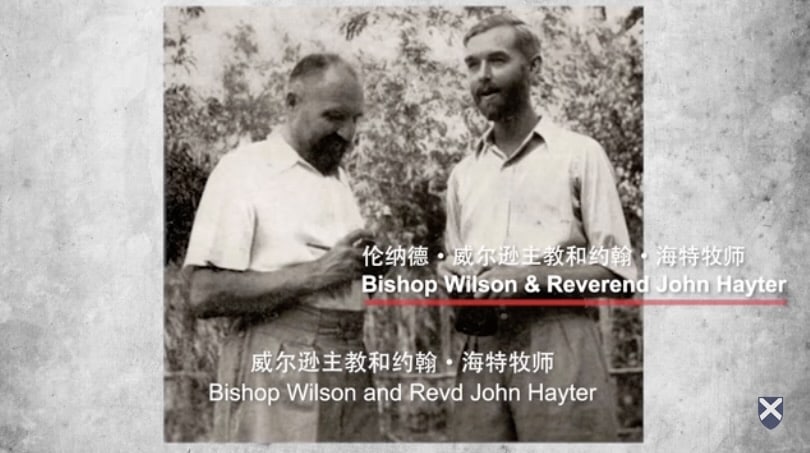
Along with other European clergy and church workers, Bishop Wilson and Rev John Hayter were rounded up and interned at the Changi POW camp.
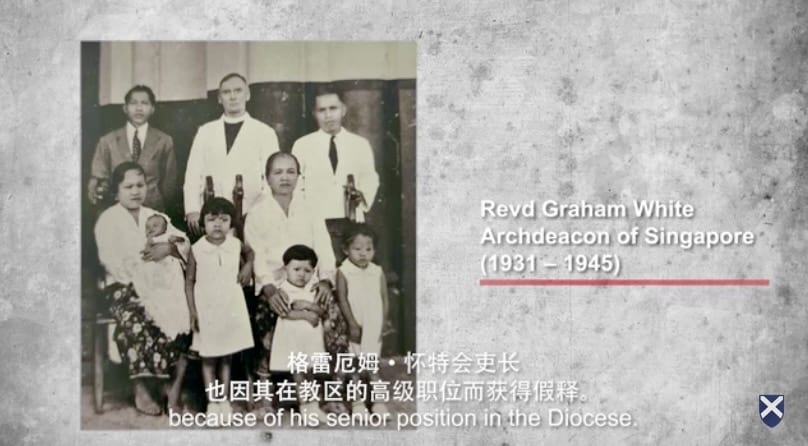
Archdeacon of Singapore, Rev Graham White, was granted release from the POW camp. But he sacrificed his freedom so that a younger priest could take his place to serve the people of Singapore. Rev White and his wife died in the camp.
Bishop Wilson and scores of foreigners on the island, including European clergy and church workers, would be put to this very test when they were rounded up and interned at the Changi prisoner-of-war camp.
After one week, Bishop Wilson, Rev John Hayter and the Archdeacon of Singapore, Rev Graham White, were unexpectedly granted release.
But the Archdeacon, knowing that he was not in the best of health, chose to sacrifice his freedom so that a younger priest could take his place to serve the people of Singapore.
He and his wife, Georgina, did not survive the war. They died at the Sime Road internment camp, their lives given up for the sake of the local Church they had vowed to serve.
An unexpected ally
Upon Bishop Wilson’s release, one of the first things he did was to return to the Cathedral.
“I found all the gates barred with Japanese soldiers. People (were) waiting to come in to church. Hundreds of them,” recalled Bishop Wilson in the video.
“He ordered the gates to be opened and people flocked in.”
“And there, an officer came up to me and said, ‘Good morning, Bishop,’ in English.
“And I said, ‘Good morning.’
“He said, ‘Is there going to be a service?’
“I said, ‘There was going to be a service at 8 o’clock. But these gates are barred.’
“He ordered the gates to be opened and people flocked in.”
The resumption of worship services at the Cathedral and the surprising release of Bishop Wilson and the other clergymen were partly due to the efforts of a few brave Japanese officers who had worked quietly behind the scenes.
One of them was Lieutenant Andrew Tokuji Ogawa, a graduate of the University of Pennsylvania’s Wharton School. His studies had been sponsored by the Brotherhood of St Andrew. And he later joined the Brotherhood International Council in Japan and was a member of the Nippon Sei Ko Kai, the Anglican church of his country.
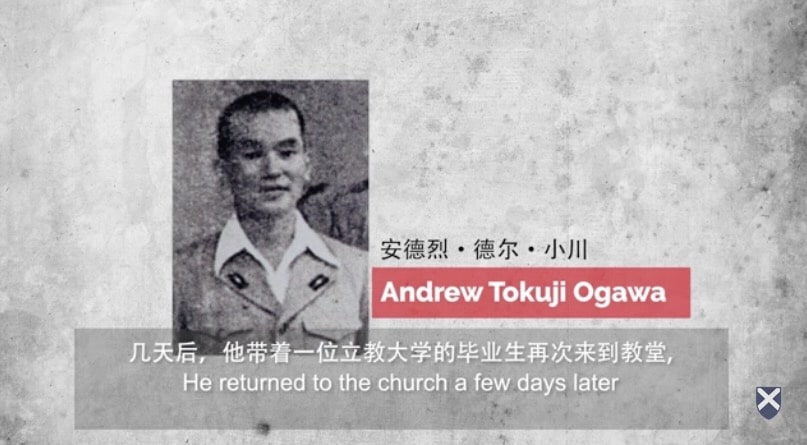
Japanese Anglican soldier, Lieutenant Andrew Tokuji Ogawa, was appointed Director of the Ministry of Education and Religion in Singapore. He helped keep churches open for worship during the Occupation.
Upon the invasion of Singapore, Lt Ogawa was sent to Singapore to become the new Director of the Ministry of Education and Religion.
“To have a Japanese Christian Anglican officer sent to Singapore points towards divine intervention.”
Relates A/Prof Joseph Thambiah, author of The History of Anglicanism in Singapore (1819 to 2019) in the Unity in Faith video: “(Ogawa) gave orders that no places of worship were to be disturbed or attacked. And he would personally appear in the Cathedral either to participate in the service or simply to stand in the rear of the Cathedral and his very presence was enough to ensure order in the Cathedral.
“You need to remember that in other countries such protections were not afforded. The cathedral in Rangoon, for example, was turned into a beer brewery and was desecrated.
“What makes all of this wholly remarkable is that at that time, Japanese Christians, and particularly Anglicans, formed a tiny, tiny minority of the population in Japan.
“So to have a Japanese Christian Anglican officer sent to Singapore right at the start of the Occupation points towards divine intervention.”
Rising to the challenge
The Cathedral continued to provide food and shelter during the war, even as it remained opened for services.
“The local clergy was thrust into very difficult circumstances … But they rose to the challenge.”
Ogawa also saw to it that Bishop Wilson was allowed to visit the civilians and soldiers interned at POW camps. Bishop Wilson managed to hold regular church services for them, boosting their morale.
“Perhaps one of the greatest acts that Bishop Wilson did before his internment was to appoint local clergy to take over the running of the church,” said A/Prof Thambiah.
“This thrust the local clergy into very challenging and very difficult circumstances, circumstances that they were not trained for. But they rose to the challenge and took on the task.
“And not only did these churches remain open, but they actually grew during this period.”
During the Occupation, different denominations came to worship at the Cathedral.
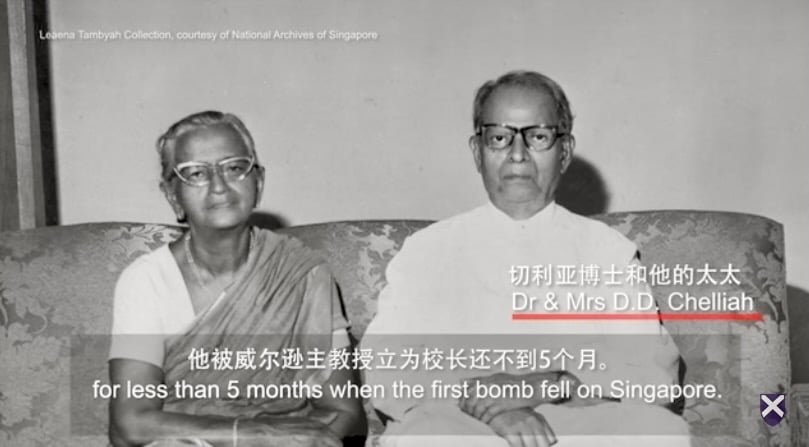
Former school headmaster Revd Devasahayam David Chelliah was one of the first local clergyman in Singapore. He had only been ordained by Bishop Wilson less than five months before the first bombs fell on Singapore.
“The Cathedral had now become a very symbolic rallying point,” said A/Prof Thambiah.
“That the Cathedral was able to function during this period brought a great deal of hope to the people. It fed a spirit of indomitability, of a sense of resolve, of a sense that, with the help of God, the people would prevail.
“It was a spirit of a people declaring the words of Psalm 121:
I lift up my eyes to the hills
Where does my help come from?
My help comes from the Lord,
The Maker of heaven and earth.”
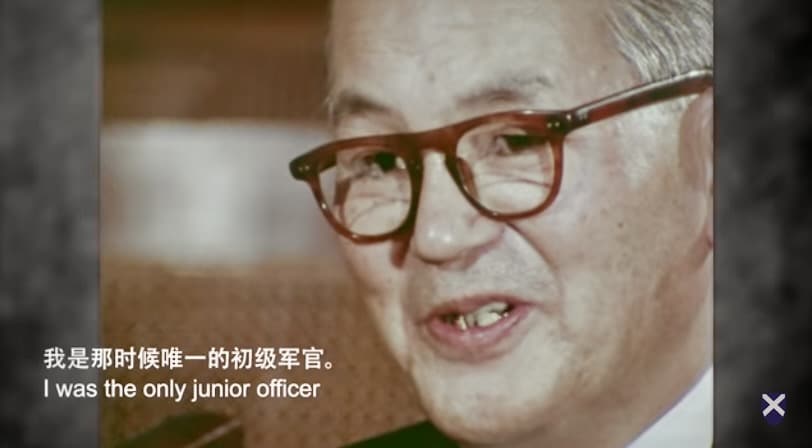
“Ogawa was a godsend to the country,” said A/Prof Thambiah. He was pivotal in uniting different denominations to stand together in the face of the crisis.
Working with church leaders, Ogawa encouraged them to come together to form a federation. The goal was to provide aid to the people and unify the different churches during this crisis.
“The Cathedral had now become a very symbolic rallying point.”
“There was unity in spite of the diversity,” added A/Prof Thambiah. “There were representatives from the Methodists, from the Presbyterians, the Baptists, the Pentecostals, the Syrian Orthodox Church as well as the Salvation Army.
“We might now regard it lightly but the universal support for the Federation of Churches beyond the Anglican church was truly awe-inspiring.
“It did a lot of work in actually relieving the suffering of the people.”
The Federation of Churches would pave the way for the National Council of Churches and Trinity Theological College, significantly transforming the religious landscape of Singapore.
God in the big and the little
Bishop Wilson and Rev Hayter would be interned again, suffering hardship and torture until their release at the end of the war.
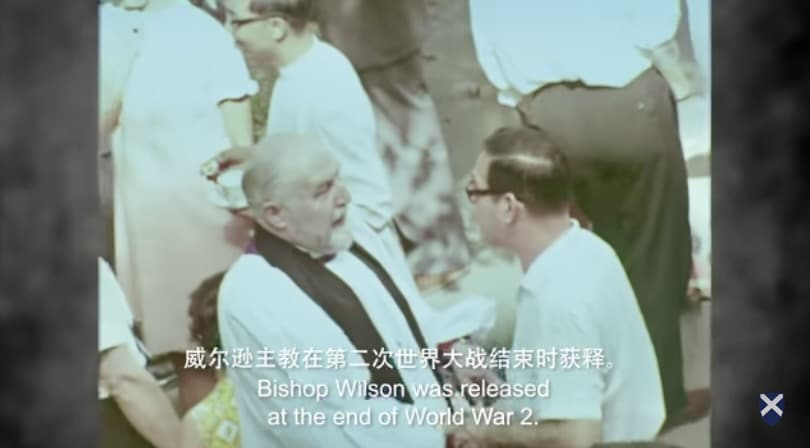
Despite the hardship and torture Bishop Wilson endured in the internment camp, he described his wartime experiences as the richest, spiritually, that he had ever known.
In spite of this, Bishop Wilson said upon his release: “That experience made me trust God. And the trusting God was the thing that really mattered.
“God, in little things as well as in big things, is willing to help people if only they will hold out their hands to receive the tremendous gift of courage, love, of faith and of his Fatherly care … It took some terrific experience for me to realise it and then I held out my hand.
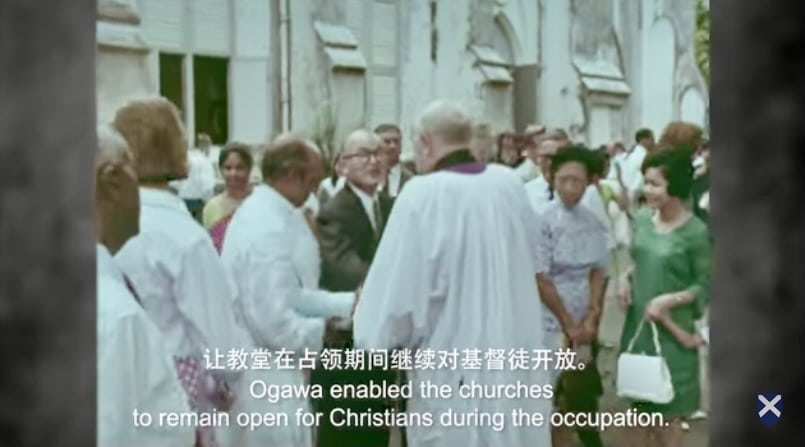
Ogawa was greeted and thanked by hundreds of Christians in Singapore on his way home to Japan after being released from a British POW camp in Sumatra.
“It isn’t given only to me as a bishop, or because I’m a Christian. It’s given to all His children, of every race, every tongue and of every religion.”
He never forgot the kindness of Ogawa, who had been sent to a prisoner-of-war camp in Sumatra. Ogawa was released and put on a ship from Medan to Japan. Along the way, the ship stopped in Singapore, where Ogawa was met at the port by hundreds of tearful Cathedral members showering him with gifts and hugs.
“In a sense Ogawa was a godsend to the country,” said A/Prof Thambiah.
United in faith and love
“The Fall of Singapore and the Japanese Occupation are etched in the collective memories of Singaporeans as perhaps the darkest days of infamy,” said Revd Canon Lewis Lew, Vicar of St Andrew’s Cathedral, at the launch of the Unity of Faith video in March this year.
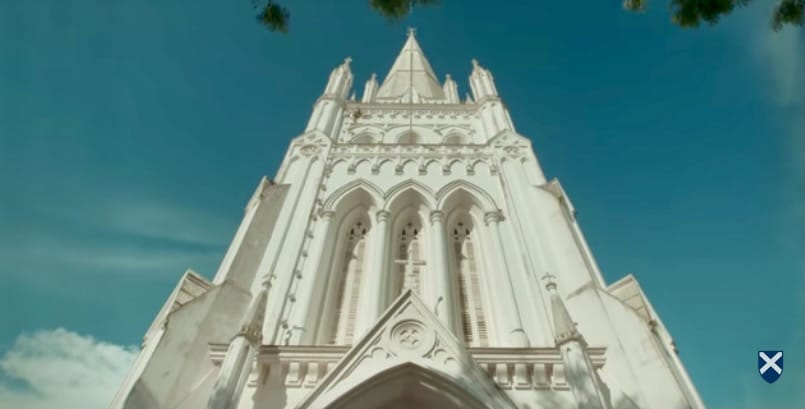
No matter the circumstances, God’s hand of protection and provision during even the dark years of war reminds us of the hope and certainty that His plans will prevail.
As the Heritage Committee in St Andrew’s Cathedral went through the Anglican archives and accounts of clergy who survived the war, they were convinced it was “important to tell their stories because these are men and women of God who continued to be faithful and were His light unto the world during challenging periods like war”, said Rev Lew.
“Collectively, they testify to God’s goodness and providence.
“No one can deny God’s hand in the provision of a team of local clergy who were able to ensure the Cathedral’s services continued without a break during this trying times, and the appointment of Lieutenant Andrew Tokuji Ogawa, an Anglican, as Director of Education and Officer in Charge of Religion Affairs in Singapore.
“Collectively, they testify to God’s goodness and providence.”
“Believers from other denominations came to worship at the Cathedral, united in faith and love for the Triune God they served.
“These are strong Christian testimonies that continue to inspire today, especially during the ongoing COVID-19 pandemic.”
The Rt Revd Dr Titus Chung, 10th Bishop of Singapore, added: “Through this episode and this wonderful story, we see how God works mysteriously and wonderfully in a very difficult situation to keep the church open for worship.
“Because of worship of God, we are able to bind all together to unite all together, to live a life confidently even though the journey ahead is difficult.”
MORE STORIES ON S’PORE’S FAITH LANDMARKS:
A Bicentennial look-back at the extraordinary history of the Singapore Church
Out of the wartime darkness of Changi Prison, generations of S’pore church leaders were birthed
We are an independent, non-profit organisation that relies on the generosity of our readers, such as yourself, to continue serving the kingdom. Every dollar donated goes directly back into our editorial coverage.
Would you consider partnering with us in our kingdom work by supporting us financially, either as a one-off donation, or a recurring pledge?
Support Salt&Light
